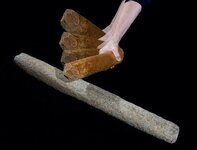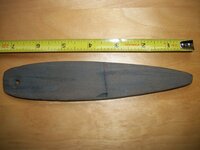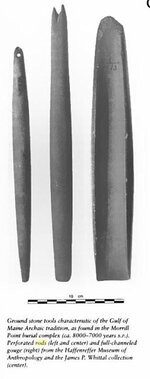Charl
Silver Member
This most unusual artifact is in a friend's collection. Never heard of such a thing; I would have assumed, just as my friend did, that it was a pestle.
Image of the Day : Woods Hole Oceanographic Institution
Image of the Day : Woods Hole Oceanographic Institution
Attachments
Upvote
0







